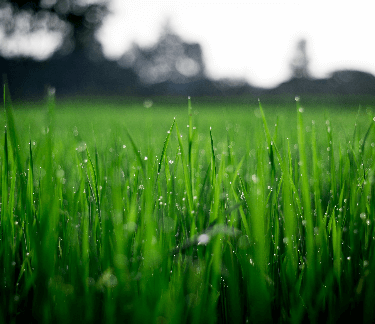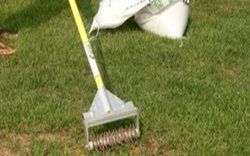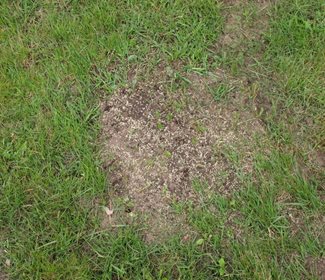Overseeding Lawn Care Guide:
You’ve diligently cared for your lawn, making sure it gets plenty of water and fertilizer. When you cut the grass, you don’t cut it too short – and you limit foot traffic and pets to certain parts of the yard. So why does your grass look so tired and worn out, with patchy spots where the grass is thin or non-existent?
Over time, your lawn can start to look not quite as green and lush as you would like it to be. Many established lawns have grass varieties that aren’t as advanced as today’s grasses. It’s possible that a previous homeowner planted a type of grass that isn’t suitable for your area, or that the grass isn’t as impervious to disease and pests as it could be. To achieve even, healthy green grass, you can use a technique called overseeding. Overseeding is an easy way to fill in bare spots, thicken turf, improve your lawn’s appearance, and enhance the lawn’s ability to fight insects and diseases.


 Branch Finder
Branch Finder













Facebook
X
Youtube
Copy Link
Email